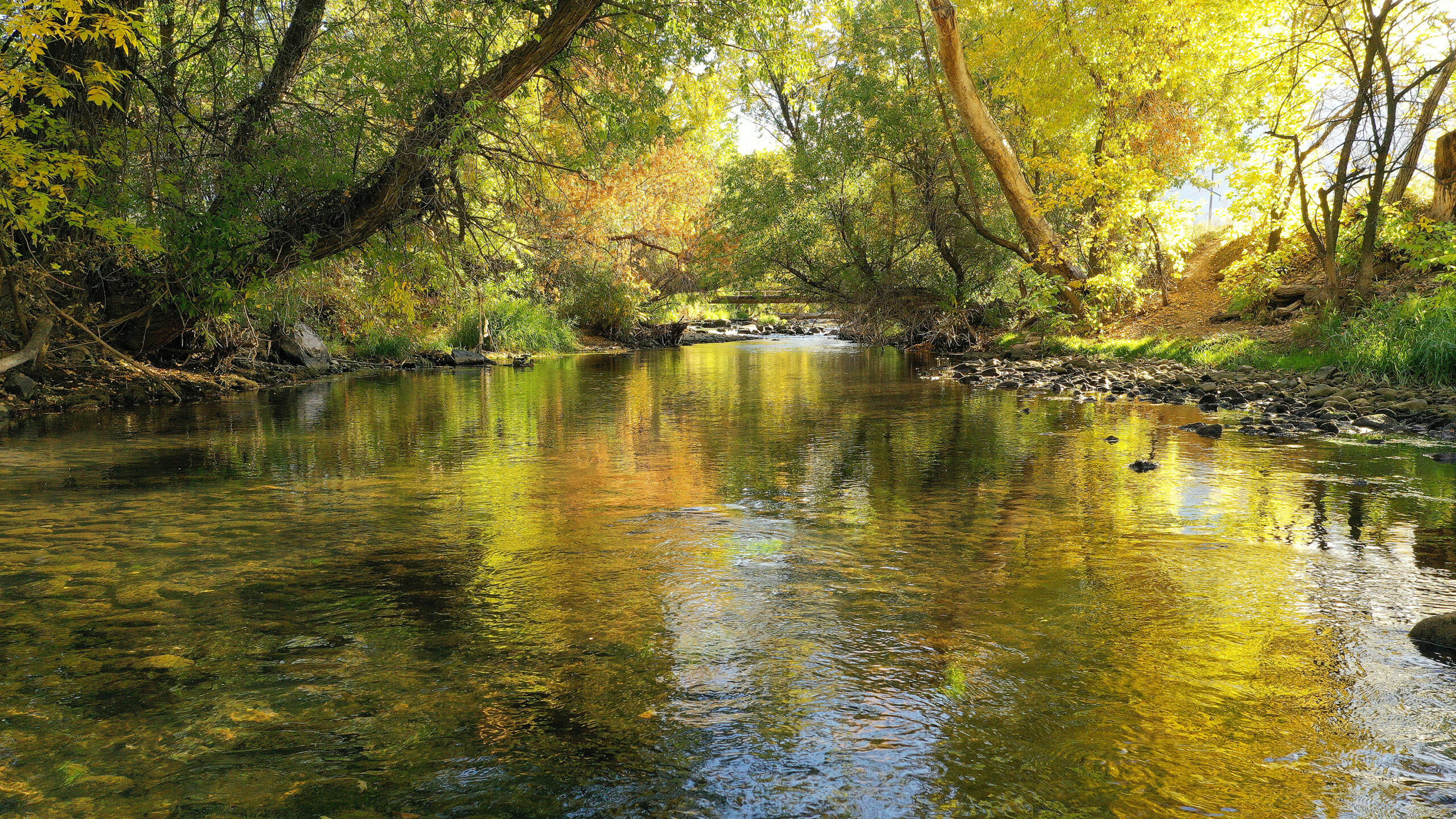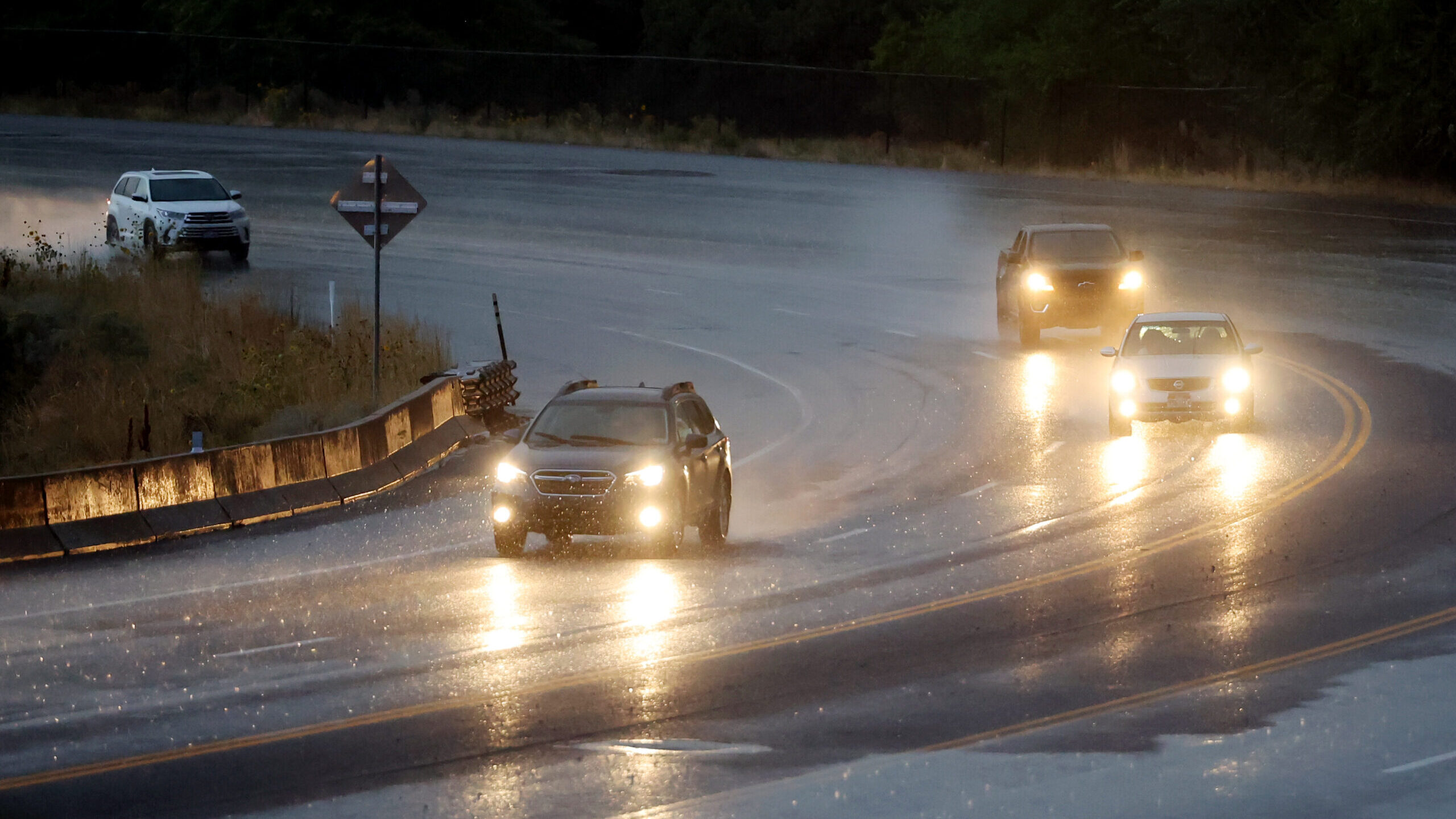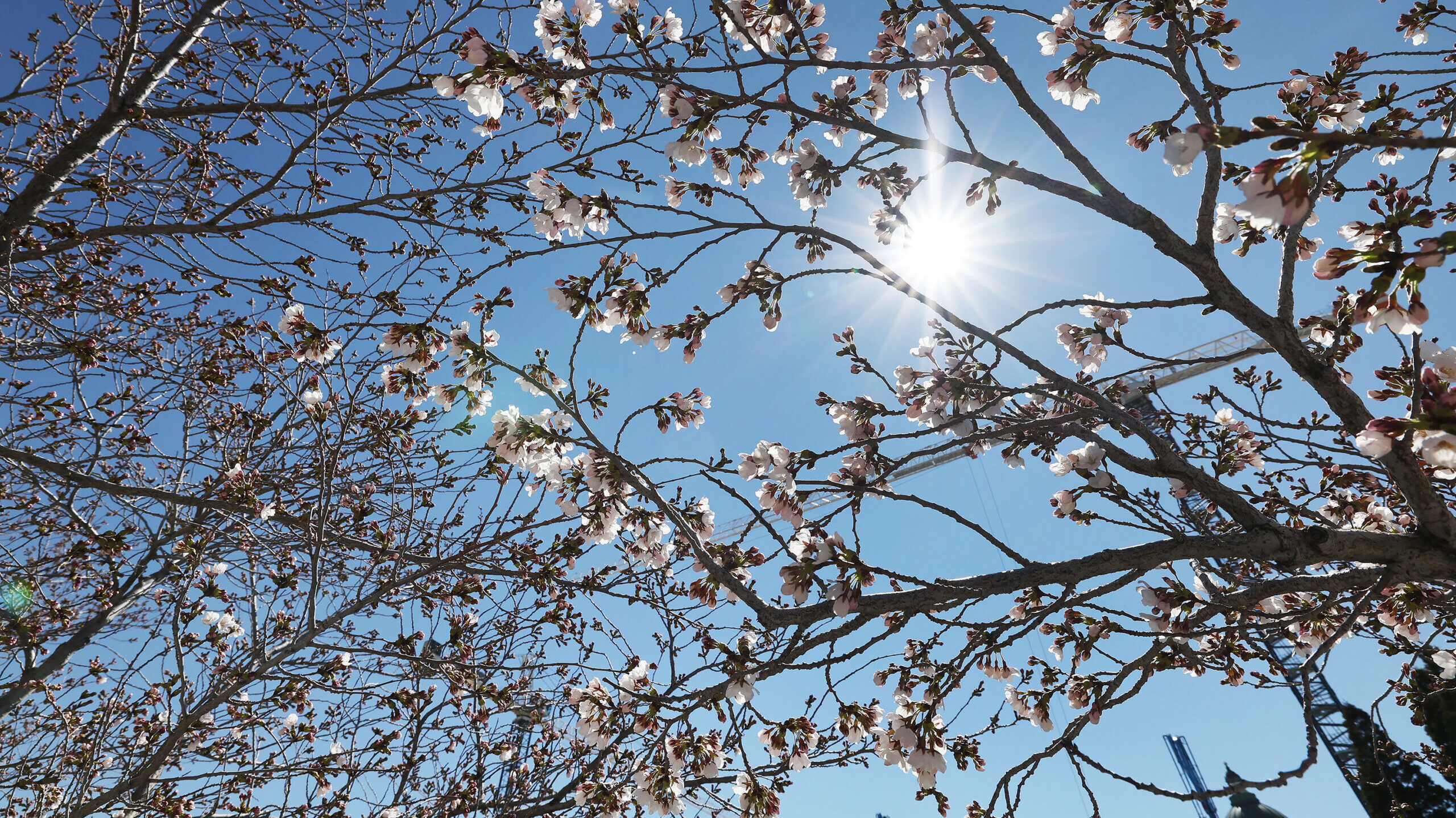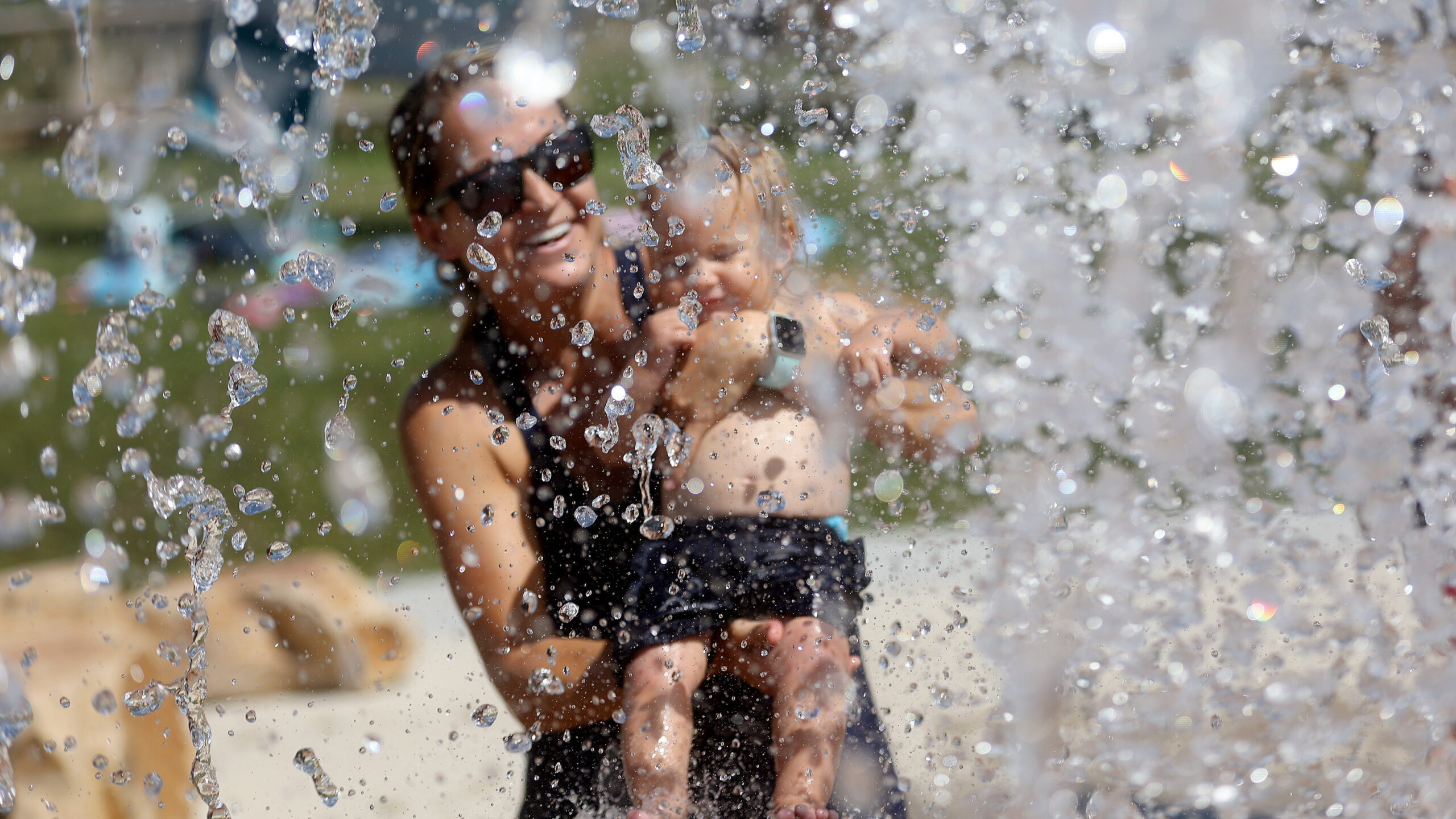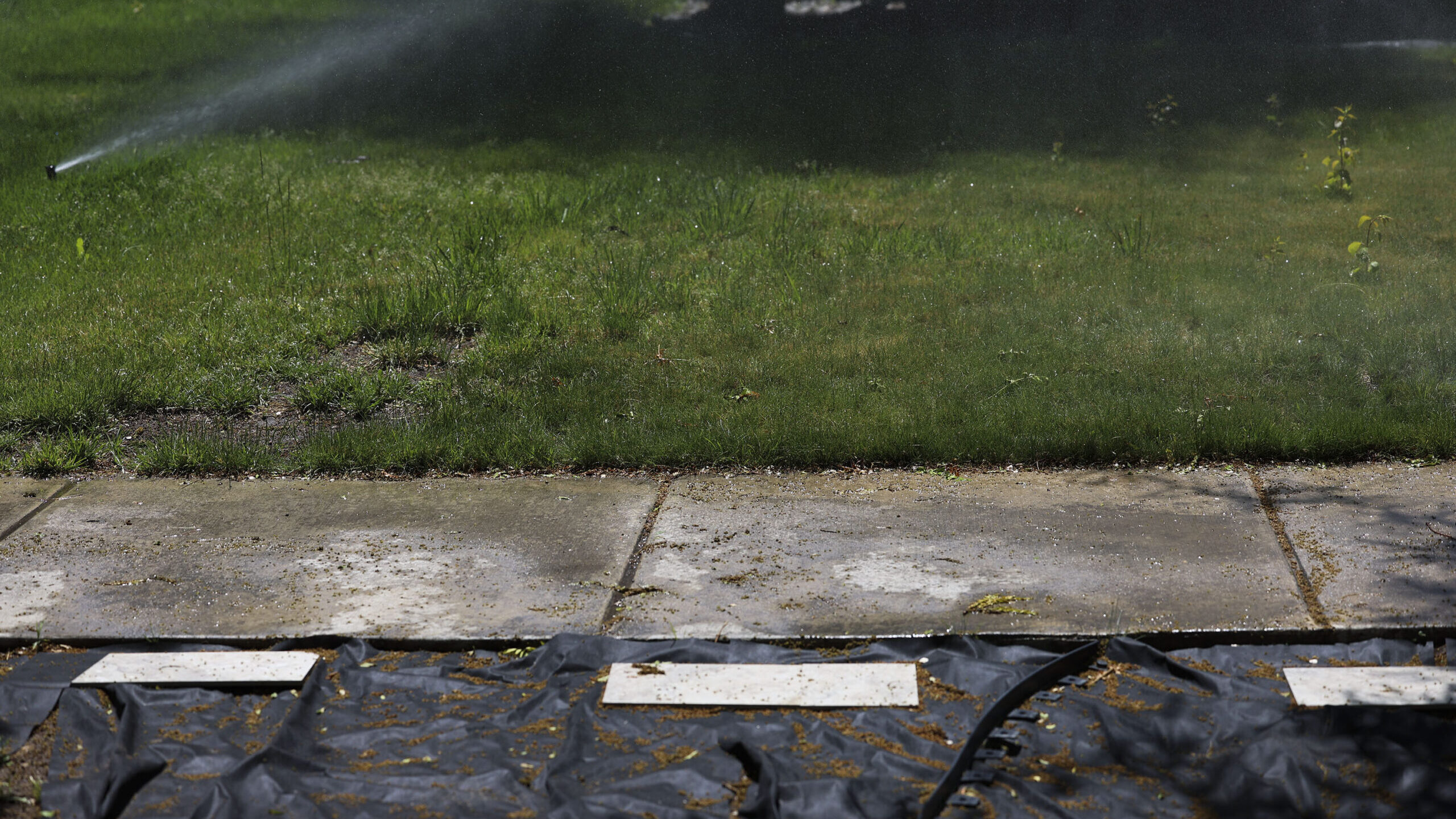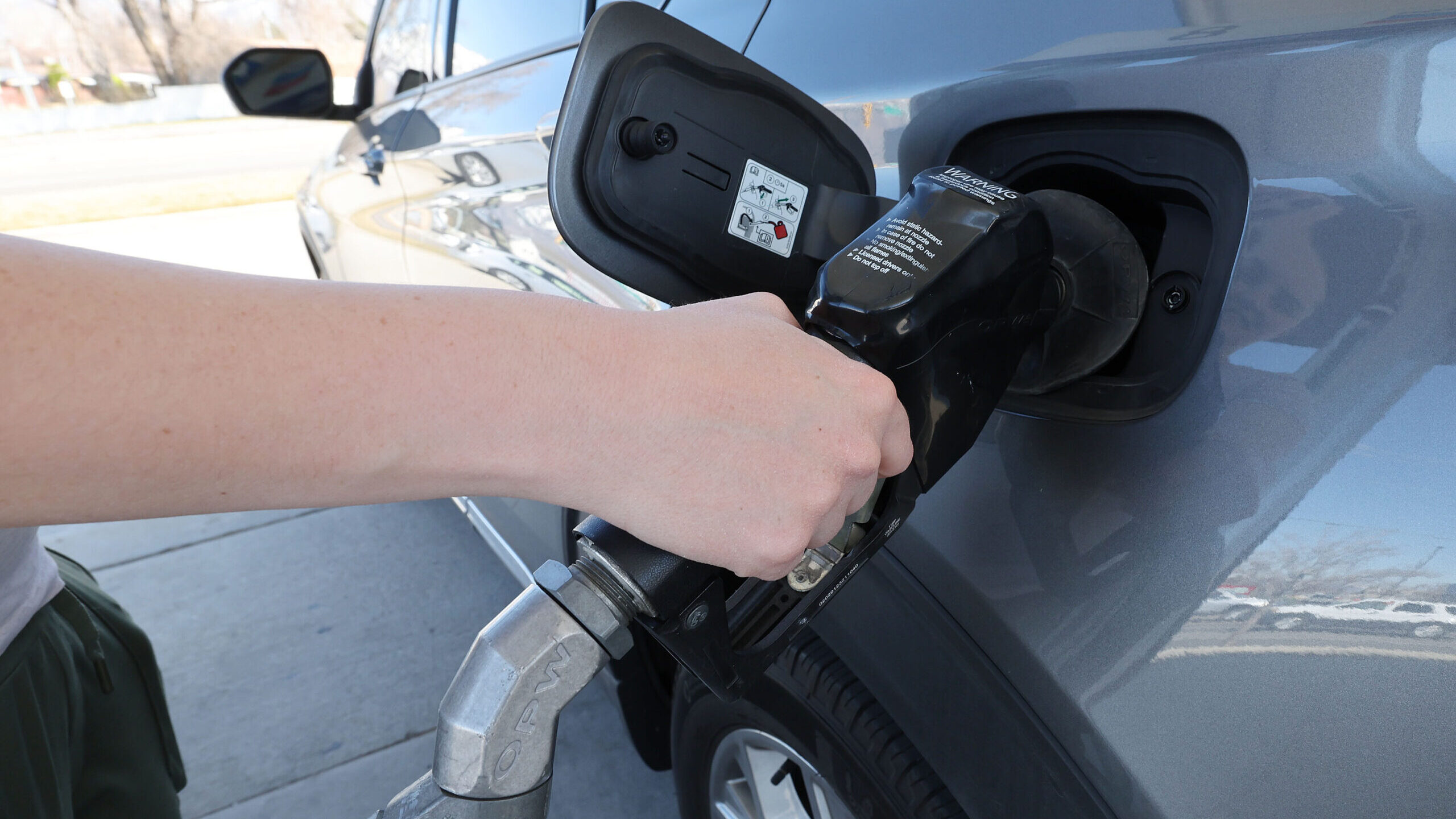Utah water managers less worried about spring flooding, but it’s still possible
Mar 29, 2024, 3:22 PM | Updated: 3:23 pm
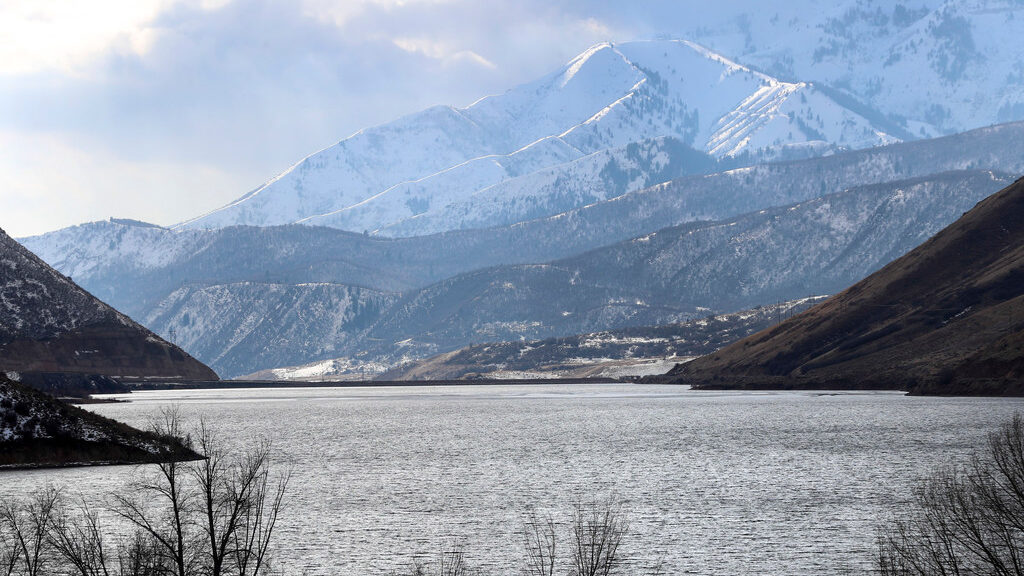
Deer Creek Reservoir in Wasatch County is pictured on Wednesday, Feb. 12, 2020. (Steve Griffin/Deseret News)
(Steve Griffin/Deseret News)
SALT LAKE CITY— Utah’s reservoirs are flourishing, standing at almost 84% full on average across the state. Some reservoirs, like Utah Lake, are already 100% full.
This is about 30% above where reservoirs stood a year ago and 20% above where they normally are this time of year, according to Laura Haskell, drought coordinator for the Utah Division of Water Resources.
While a welcome sight coming out of years of drought, it does make managing spring runoff a little bit more complicated.
Reservoirs stand in the way of spring runoff and can help prevent preventing flooding. When the reservoirs are more full, there’s less room to catch overflowing water.
“There is a little bit less room, so [reservoir managers] have to be a little more careful and a little more aware,” Haskell told KSL NewsRadio.
Flooding can still happen regardless of the reservoirs’ levels, but the reservoirs do play a part in preventing flooding.
However, Haskell said they are “a little less concerned” with flooding this year because there’s so much less water in the snowpack than in 2023.
As of Friday, Utah’s snow water equivalent, or the amount of water in the statewide snowpack, stood at 18 inches. That’s 12% above average and 29% above the 30-year average.
But in 2023, Utah shattered snowpack records, with a snow water equivalent of 30 inches.
What flooding in Utah looked like in years past
The Beehive State steered clear of most major flooding last year due to a favorable warmup pattern with spring temperatures.
Haskell said the state ideally wants to see the same gradual warmup this year to avoid flooding.
In 1983, when Utah marked its previous snow water equivalent record of 26 inches, the Salt Lake area saw massive flooding, partly because of the warmup pattern.
Temperatures stayed cold for too long, but then temperatures rose quickly. That sent much of the melting snowpack down at once.
Haskell said if that type of warmup were to happen again, it’s possible Utah could see flooding this year.
But, the DWR is hoping Mother Nature helps us steer clear of problems again like last year.
“There are a lot of unknowns,” Haskell said. “We just have to take our best experience and do what we can.”


